Musk has said the social media platform cofounded by Dorsey is little more than an accelerant he bought to help realize his ambitions of an everything app called X.com.
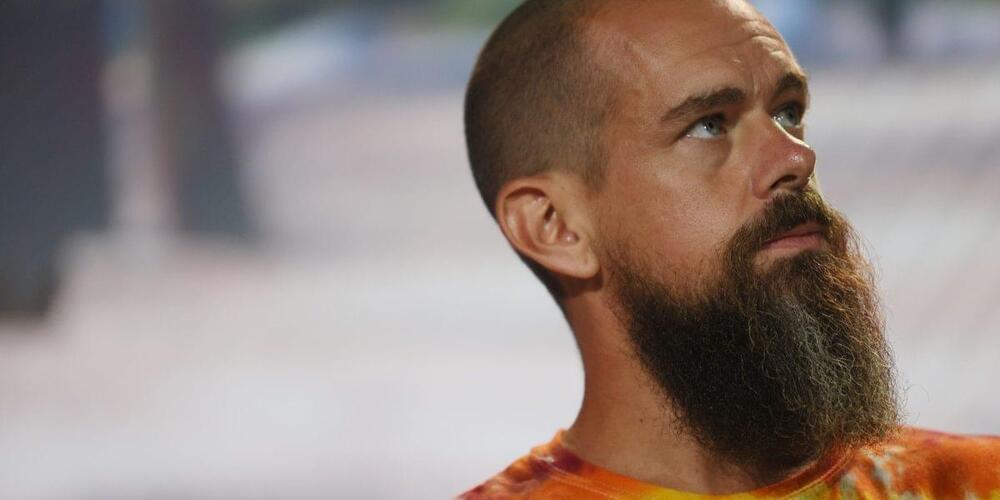

Musk has said the social media platform cofounded by Dorsey is little more than an accelerant he bought to help realize his ambitions of an everything app called X.com.
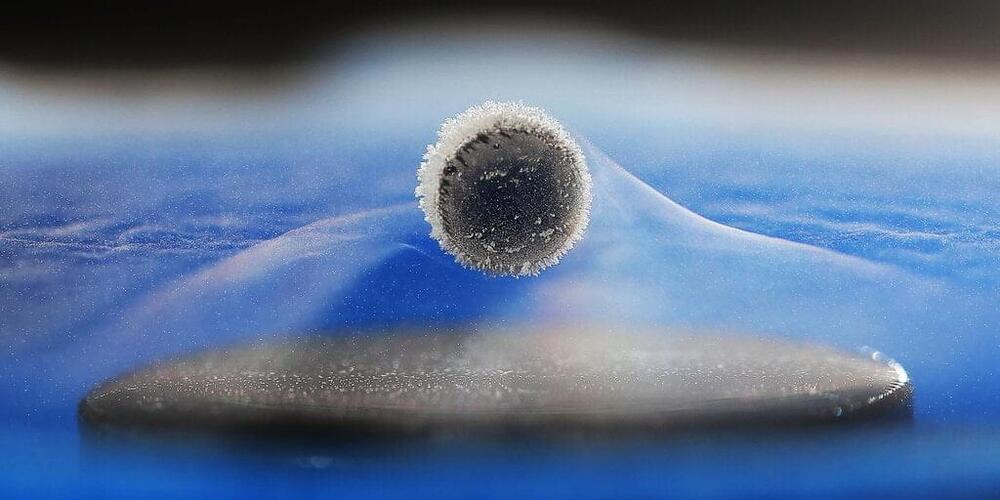
“They come off as real amateurs,” Michael Norman, a theorist at Argonne National Laboratory told Science. “They don’t know much about superconductivity and the way they’ve presented some of the data is fishy.”
Nadya Mason, a condensed matter physicist at the University of Illinois Urbana-Champaign said “the data seems a bit sloppy.”
The topic has kept Science Twitter tittering for days, with many researchers—and wannabe researchers— sharing their hot takes.
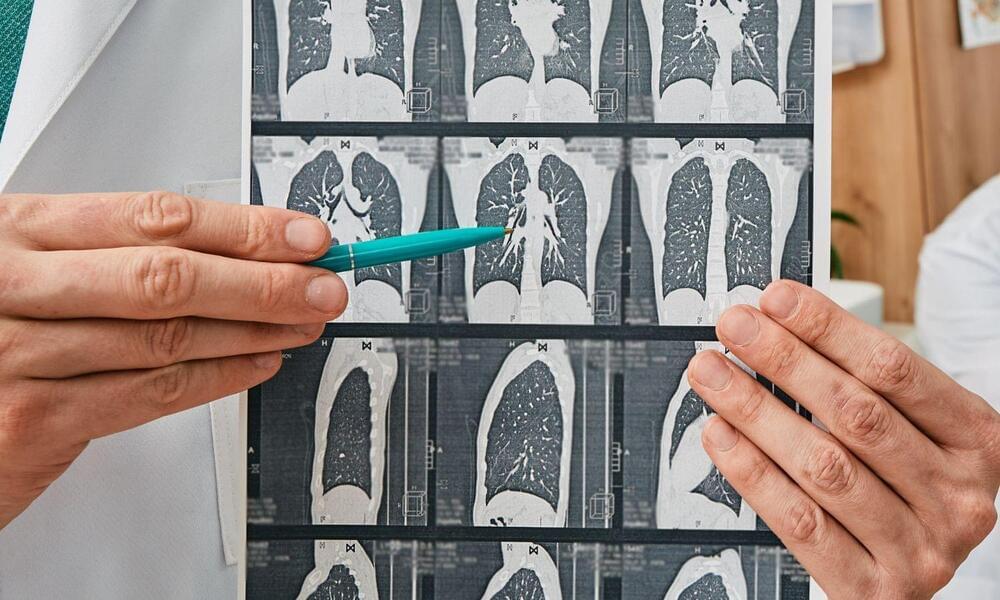
An Original Research entitled “CT Differences of Pulmonary Tuberculosis According to Presence of Pleural Effusion” by Dr Jung et al. and colleagues mentioned that tuberculous (TB) involvement of the lymphatics in the peripheral interstitium may have an association with pleural effusion development.
They explained that common CT (computed tomography) findings in TB pleural effusion are Subpleural micronodules and interlobular septal thickening. These features detected in computed tomography could aid in the differentiation between TB pleural effusion and non-tuberculous empyema.
The main question here is whether subpleural micronodules and interlobular septal thickening frequency correlate with the pleural effusion presence in pulmonary TB patients.
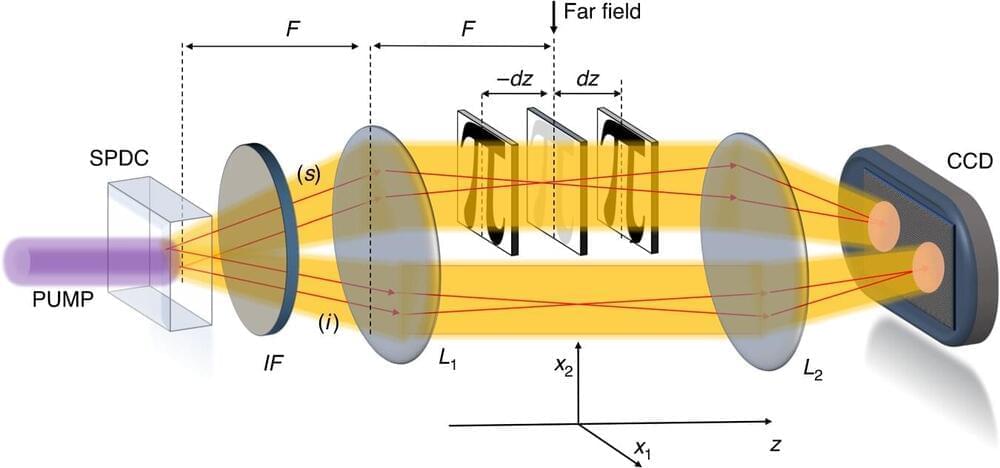
Optical phase retrieval and imaging appear in a wide variety of science fields, such as imaging of quasi-transparent biological samples or nanostructures metrological characterization, for example, in the semiconductor industry. At a fundamental level, the limit to imaging accuracy in classical systems comes from the intrinsic fluctuation of the illuminating light, since the photons that form it are emitted randomly by conventional sources and behave independently of one another.
Quantum correlation in light beams, in which photons show certain cooperation, can surpass those limits. Although quantum advantage obtained in phase estimation through first-order interference is well understood, interferometric schemes are not suitable for multi-parameter wide-field imaging, requiring raster scanning for extended samples.
In a new paper published in Light Science & Application, a team of scientists from the Quantum Optics Group of the Italian National Metrology Institute (INRiM), Italy, and from the Imaging Physics Dept. Optics Research Group, Faculty of Applied Sciences of Delft University of Technology, The Netherlands, has developed a technology exploiting quantum correlations to enhance imaging of phase profiles in a non-interferometric way.
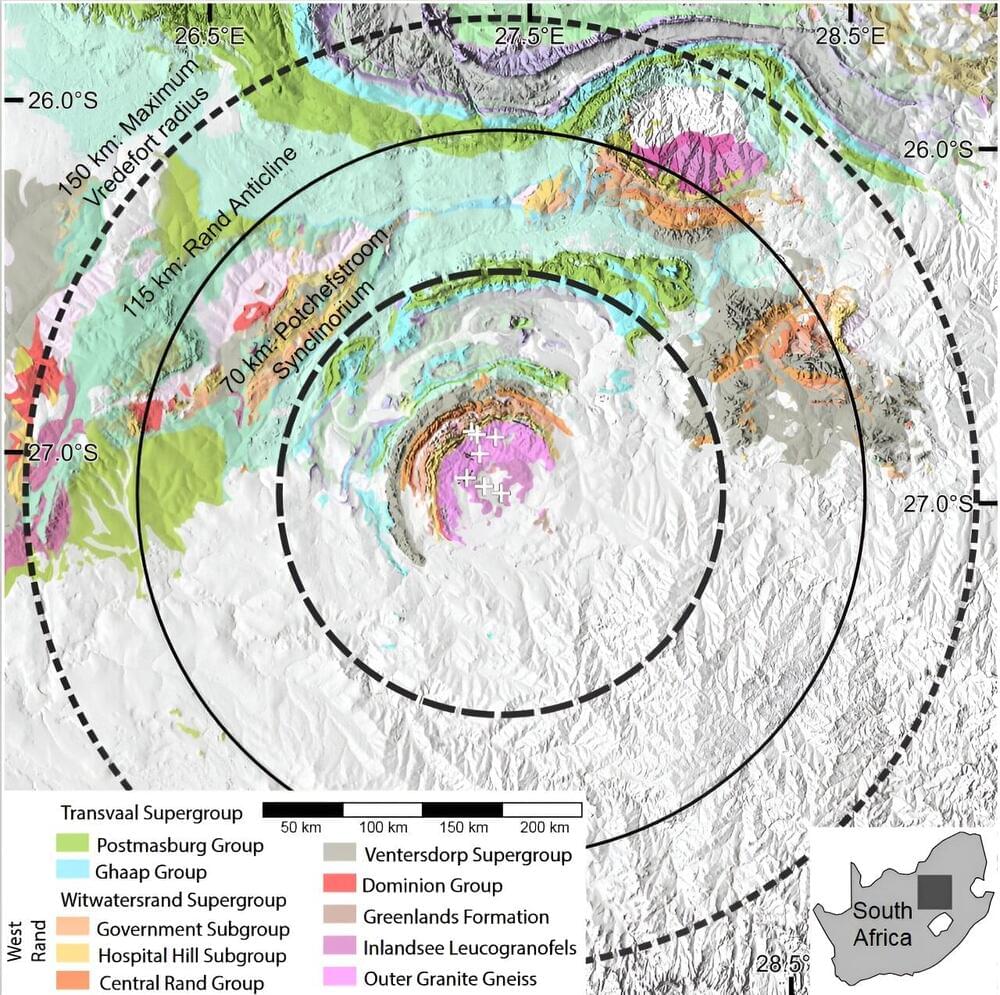
Earth’s oldest craters could give scientists critical information about the structure of the early Earth and the composition of bodies in the solar system as well as help to interpret crater records on other planets. But geologists can’t find them, and they might never be able to, according to a new study published in the Journal of Geophysical Research: Planets.
Geologists have found evidence of impacts, such as ejecta (material flung far away from the impact), melted rocks, and high-pressure minerals from more than 3.5 billion years ago. But the actual craters from so long ago have remained elusive. The planet’s oldest known impact structures, which is what scientists call these massive craters, are only about 2 billion years old. We’re missing two and a half billion years of mega-craters.
The steady tick of time and the relentless process of erosion are responsible for the gap, according to Matthew S. Huber, a planetary scientist at the University of the Western Cape in South Africa who studies impact structures and led the new study.
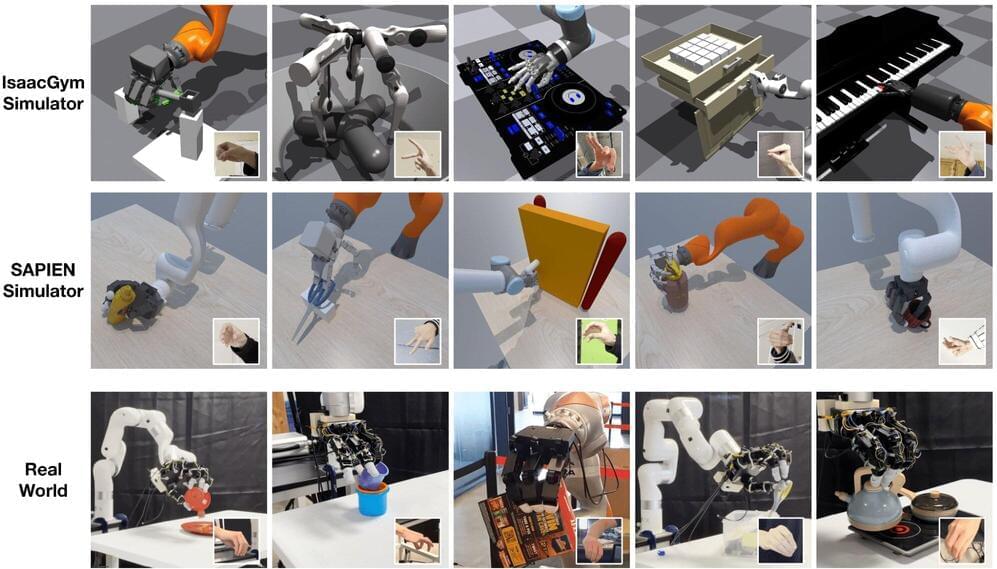
Recent advances in the fields of robotics and artificial intelligence (AI) have opened exciting new avenues for teleoperation, the remote control of robots to complete tasks in a distant location. This could, for instance, allow users to visit museums from afar, complete maintenance or technical tasks in spaces that are difficult to access or attend events remotely in more interactive ways.
Most existing teleoperation systems are designed to be deployed in specific settings and using a specific robot. This makes them difficult to apply in different real-world environments, greatly limiting their potential.
Researchers at NVIDIA and UC San Diego recently created AnyTeleop, a computer vision–based teleoperation system that could be applied to a wider range of scenarios. AnyTeleop, introduced in a paper pre-published on arXiv, enables the remote operation of various robotic arms and hands to tackle different manual tasks.
Year 2017 😗😁
The brain is really little more than a collection of electrical signals. If we can learn to catalogue those then, in theory, you could upload someone’s mind into a computer, allowing them to live forever as a digital form of consciousness, just like in the Johnny Depp film Transcendence.
But it’s not just science fiction. Sure, scientists aren’t anywhere near close to achieving such a feat with humans (and even if they could, the ethics would be pretty fraught), but there’s few better examples than the time an international team of researchers managed to do just that with the roundworm Caenorhabditis elegans.
C. elegans is a little nematodes that have been extensively studied by scientists — we know all their genes and their nervous system has been analysed many times.
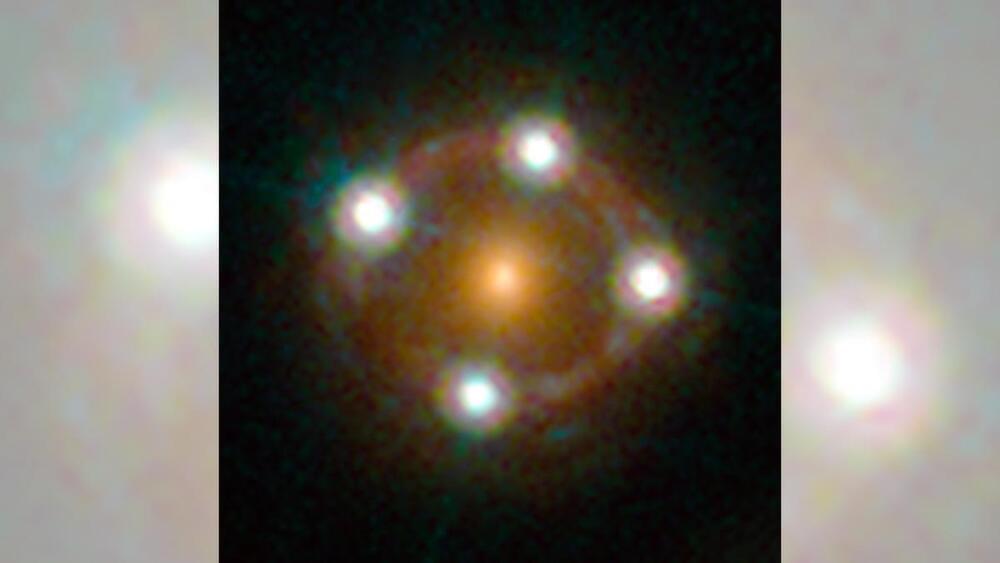
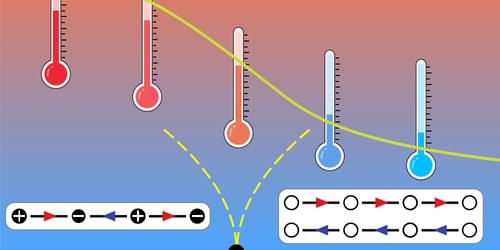
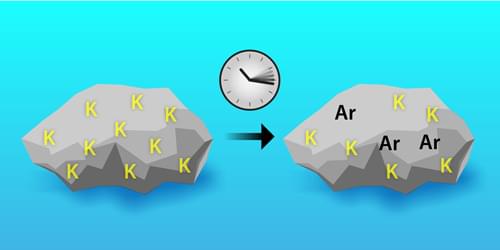
Researchers revisit a neglected decay mode with implications for fundamental physics and for dating some of the oldest rocks on Earth and in the Solar System.
With a half-life of 1.25 billion years, potassium-40 does not decay often, but its decays have a big impact. As a relatively common isotope (0.012% of all potassium) of a very common metal (2.4% by mass of Earth’s crust), potassium-40 is one of the primary sources of radioactivity we encounter in daily life. Its decays are the primary source of argon-40, which makes up almost 1% of the atmosphere, and the copious amount of heat released from these decays threw off early estimates of the age of Earth made by Lord Kelvin. Potassium-40 is largely responsible for the meager radioactivity in our food (such as bananas), and it is a significant source of noise in some highly sensitive particle physics detectors. This isotope and its decay products are also useful tools in dating rocks and geological processes that go back to the earliest parts of Earth history. And yet some long-standing uncertainty surrounds these well-studied decays.